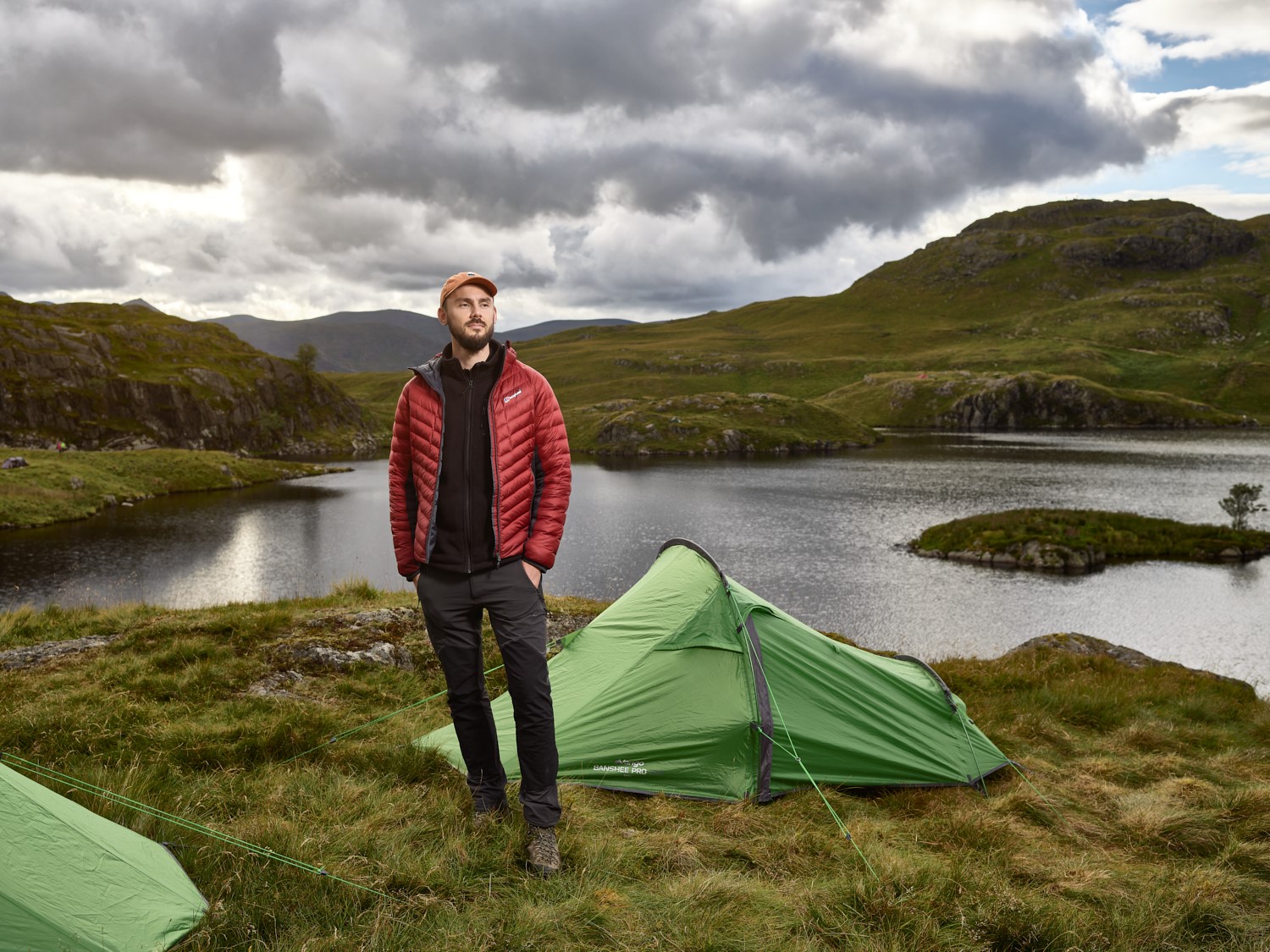Over my years of hiking and photographing vistas across the best regions of the UK, the most memorable moments are when I’ve been stood high above the landscape, waiting for the sun to rise, as the valley below slowly fills with mist in what is known as a ‘cloud inversion’. You can’t help but feel a little smug knowing that down below it is cold, damp and misty, whilst the sun rises gloriously above it.

Cloud inversions are, in my opinion, one of the best spectacles to witness as a hiker, photographer, fell runner or whatever past-time has you out on the hills. In principle, the phenomenon occurs when you get a perfect concoction of cold temperatures and high pressure. Sounds simple, right? Well they can be quite elusive still, and they’re governed by a number of factors, but with a good understanding of how they form and what to look for in the weather forecasts, you can increase your chances of seeing one.
Weather Patterns to Look Out For
The phrase ‘cloud inversion’ is somewhat of a nickname. The correct terminology of what you are witnessing is a temperature inversion. The standard meteorological profile is that temperature reduces with height (generally about 2°C for every 300m), whereas during a temperature inversion, it gets warmer as you go up (to a point), with cold air being trapped at ground level. A tell-tale sign of a temperature inversion is to look out for smoke from a chimney because it will rise to a level then plateau off horizontally. The reason for this change in profile is that cold air sinks, therefore on calm, cold and in particular clear nights, the ground (and air above it) rapidly cools and sinks in to the valley floors. As the air cools, it becomes saturated and the moisture forms into mist. However, once the sun has risen the clouds will dissipate into a haze before clearing entirely.

Apps like Ventusky are perfect for assessing if a temperature inversion profile is forecasted, as you can check the temperatures at ground level and at various elevations above. An example of what to look for, would be an increasing temperature from ground level and then a sudden drop between 500m-1500m above ground level. Temperature inversions can happen at any elevation, but you want to look for them at an elevation lower than you intend to be. To put that into perspective, the highest peaks in the three nations of Great Britain are Ben Nevis at 1345m, Snowdon at 1085m and Scafell Pike at 964m.
Elevation Temperature
0m (ground level) 1 degrees
+2m 2 degrees
+500m 3 degrees
+750m 1 degrees
+1000m 0 degrees
Example inversion profile
Moisture Levels and Dew Point
If the temperature of the cold air drops below the ‘dew point’, then any moisture will condense into the atmosphere and generate mist. A good starting point to witness inversions is along rivers and by lakes, as there is an abundance of moisture to condense into mist. If the dew point is too low and the temperature does not cool enough to meet it, then the mist will not form. For example, if the dew point is forecast to be 4 degrees Celsius and the temperature forecasts is 2 degrees Celsius, then it is likely mist will form. Humidity also plays a part in that if the weather has brought sufficient moisture off the sea, then it can increase the dew point, and you are even more likely to get mist as the temperature drops.
A great phone app to use to check your dew point and humidity is Clear Outside. Humidity that’s generally greater than 90%, and temperature matching or lower than the dew point is what to look out for.

Wind Speed
It probably does not need saying that as the mist forms, high winds will simply blow it away. In my experience, the best inversions have been when the wind speeds were less than 4mph, and in fact gentle breezes can help supply the inversion with moisture. In extreme cases of high pressure (anything over 1030mb) and in combination with low cloud or fog forecasts, you can have cloud inversions resilient enough to resist higher wind and may in fact last for days at a time!
This photo below was taken at 4pm during a rare spell of pressure over 1040mb.







